What at first glance might look a bit like an enormous shiny spider crab is actually a growing phenomenon in underwater species distribution research. BRUV stands for Baited Remote Underwater Video and they’re being deployed in various locations around the globe for a number of research projects. Here in Fiji, Projects Abroad are using them to monitor sharks, indicator fish species and any passing creature of particular interest (an octopus, or sea krait for instance).
There are 3 protected areas on the reefs around Beqa Lagoon just South of Pacific Harbour. To monitor the recovery and benefits of these areas, studies are being done to note the key species in those areas when compared to control regions outside the protection zones. Abundance and size are the crucial factors to consider when evaluating the health of a species in an area and the use of BRUV allows for longer study periods at depth than can be sustained by divers. BRUV also doesn’t scare off the shyer animals in the area (though some of the sharks it attracts might do!).
BRUV consists of a frame built to sit on the bottom whilst holding the bait cage a set distance from a Go-Pro. The bait cage is 15cm wide and this makes it easier for the data collectors watching the footage to tell the size of the approaching fish. It has a weight suspended underneath to hold it steady as a previous design tended to rock in surge and currents.
- BRUV – baited Remote Underwater Video
A number of variables are controlled to ensure the data is as ‘clean’ as possible. The same type and weight of bait is used each time: 1kg of mushed up sardines – sardine mushing is of course everyone’s favourite job… No divers are in the water within 1km of the drop site barring drop off and recovery of the BRUV unit and the first 10 minutes of footage are ignored to allow time for the divers and boat to clear the drop zone. One and a half hours of footage are then studied for any sharks, rays, particularly interesting species and indicator fish species.
Indicator fish species are tallied for both size and abundance with only fish over 30cm being recorded. Species included are various Groupers, Snappers, Emperors, Tuna, Mackerels, Jack’s and Trevally’s. These have been selected due to their importance as food sources and as a countable indication of reef health. There are of course other species that are smaller and more numerous, but counting these and identification at distance can be rather more difficult – especially during the survey dives done while BRUV is recording. SCUBA diving has no pause button after all!
The aim of the study is to discover the effectiveness and reach of protecting areas of reef from fishing. If you’d like to get involved do consider joining Projects Abroad in Fiji or having a look online to see what similar work you may be able to join in your local area!

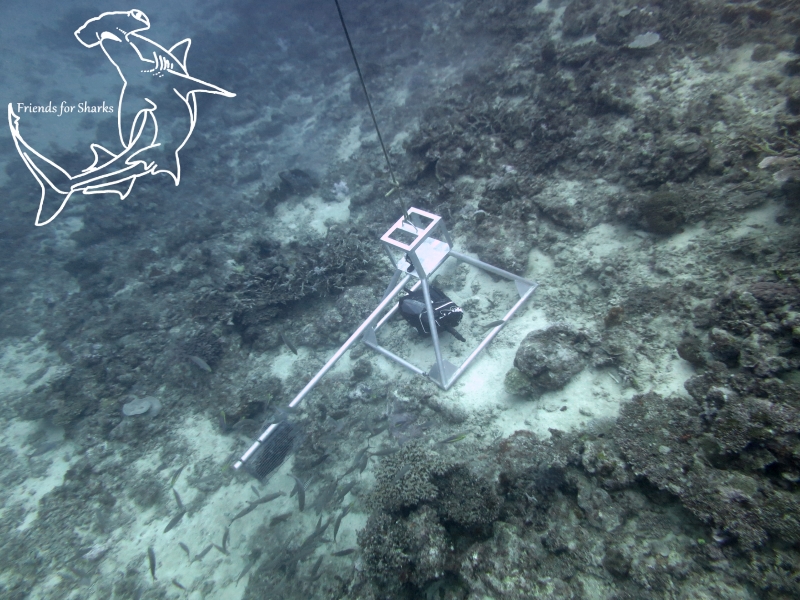
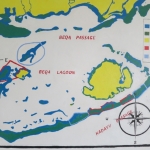
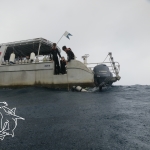
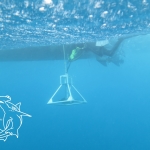
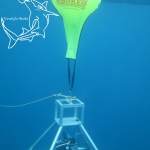
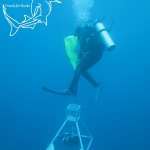
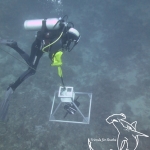
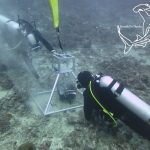
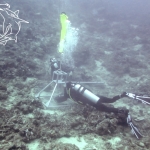
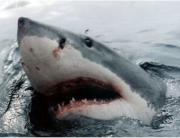
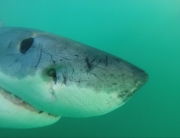
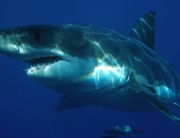
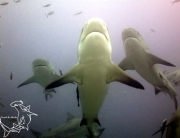
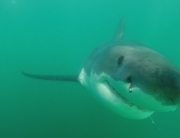










Follow Us